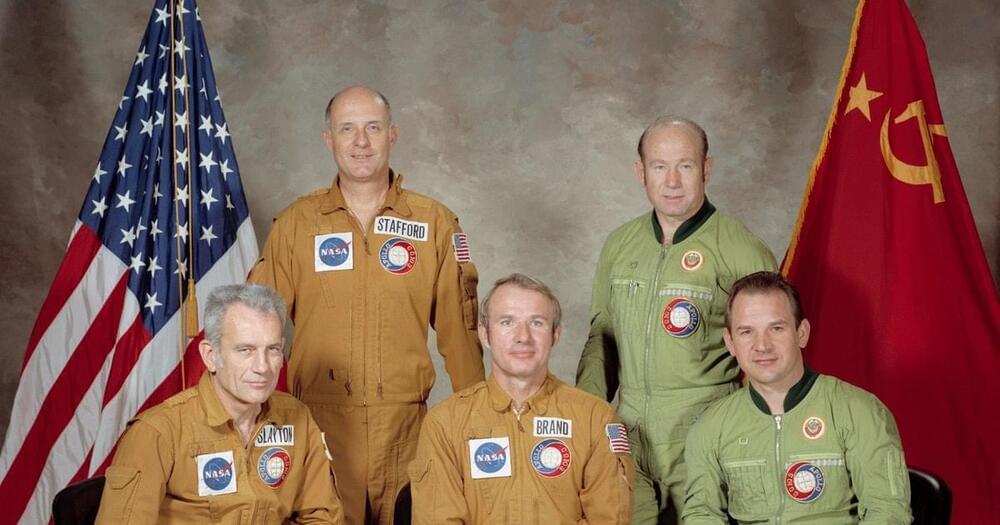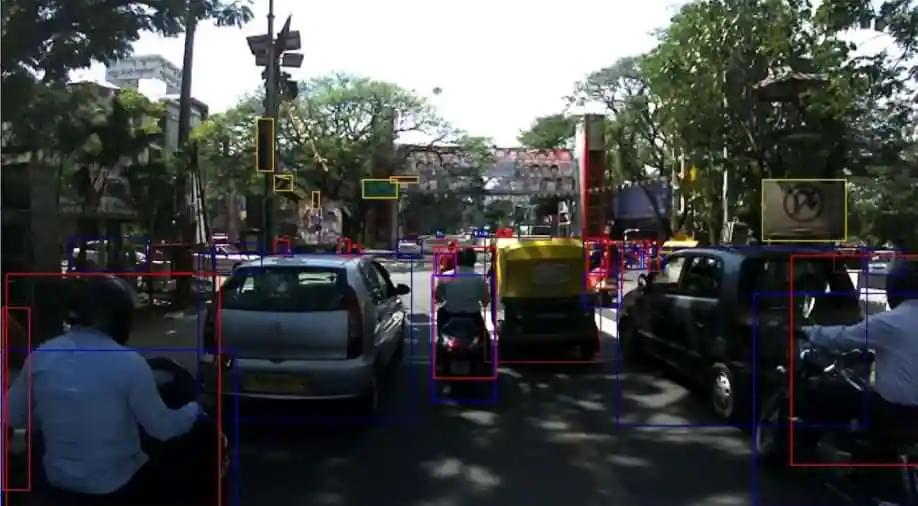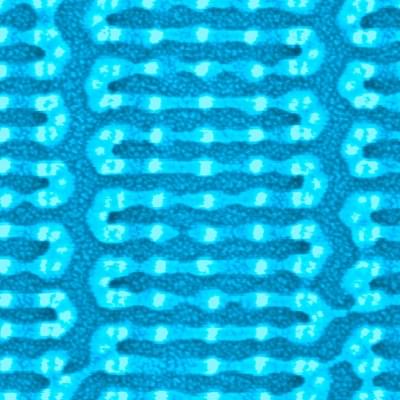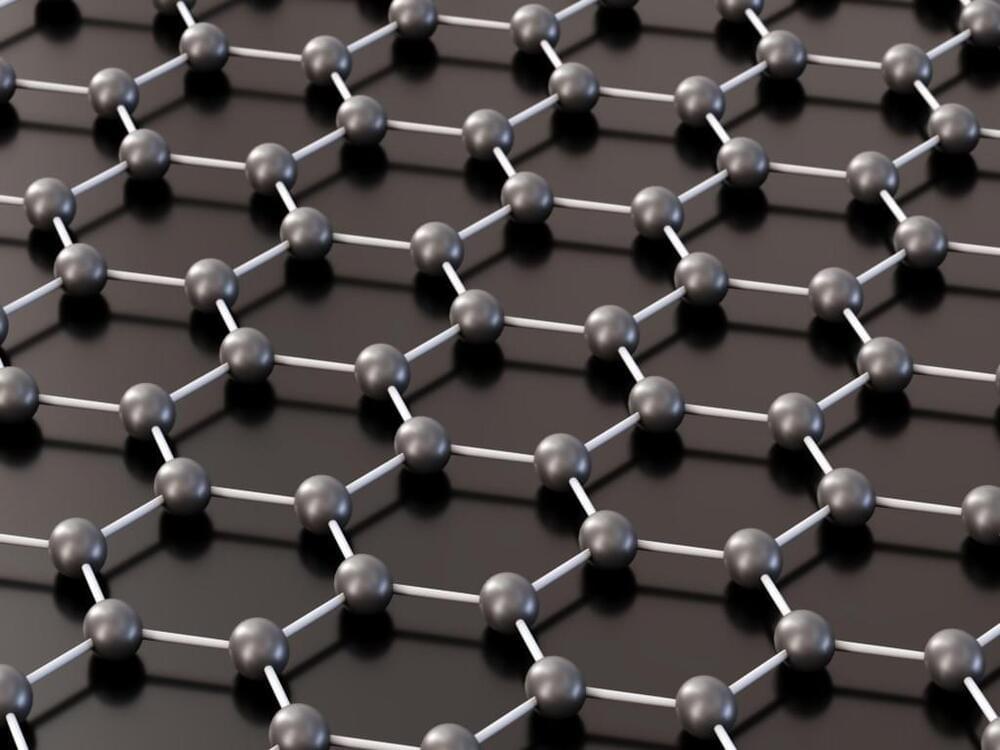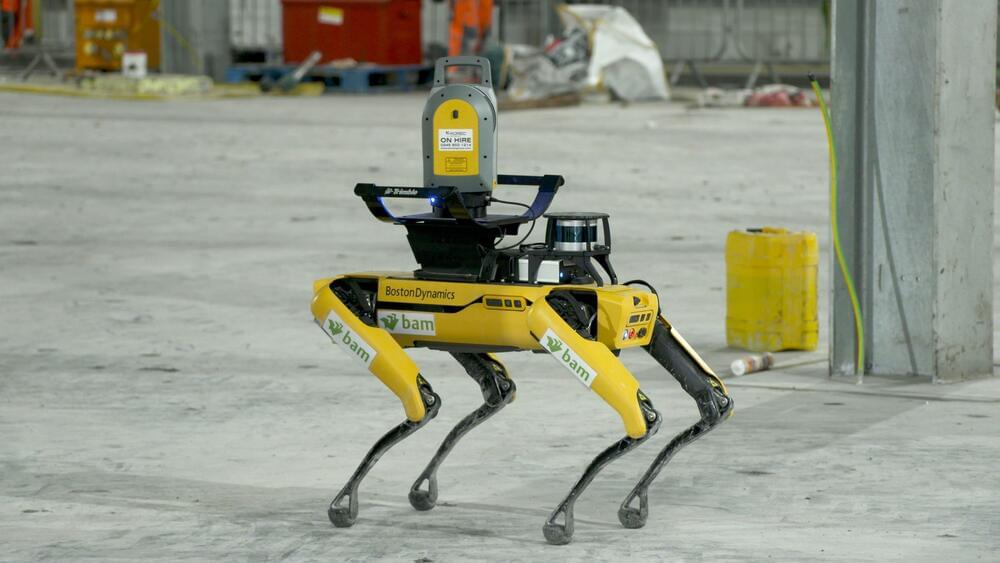Could this happen today?
This document laid the foundation for modern space exploration and research. It is also a testament to a fading world order where nations worked together in space toward shared scientific goals despite their political differences.
Signed by President Richard Nixon and Premier Alexie Kosygin in the U.S.S.R on May 24, 1972, the agreement led to the first international crewed space mission, 1975’s Apollo-Soyuz Test Project.
John Logsdon, an expert in space policy and professor emeritus at George Washington University, explains that Nixon’s actions were informed by the ideas of his then-Secretary of State Henry Kissinger had grand ideas for the future of international relations and, together with Nixon, he believed an agreement toward mutual assistance between the U.S. and the U.S.S.R. would ultimately help the U.S. hold greater influence over world politics.
